Renault will revive the Twingo as a new sub-£17,000 EV that it claims will offer “best-in-class” efficiency and serve as a key part of an expanded European line-up of seven EVs.
The new city car, which will sit underneath the forthcoming Renault 5 and Renault 4, was revealed as part of a Capital Markets Day event for Renault Group’s new Ampere EV spin-off firm.
Renault Group boss Luca de Meo described the new Twingo as a "silver bullet for sustainability mobility" and a key in the firm's quest for an affordable EV.

It's due to arrive in 2026 and will be designed and engineered in Europe, with de Meo promising that it will match Chinese rivals in terms of price. He added that the brand could use an outside partner to develop it.
De Meo claimed the hatchback will cost 50% less to produce than a new C-segment SUV, due to reduction in materials and an increased focus on a software-driven platform that will require fewer parts and materials.
He said that the new Twingo was a "car from the guts" of the Renault brand, like the original was when it launched 30 years ago.
It follows the Renault Mégane E-Tech, Renault Scenic E-Tech, 5 and 4 in using a retro name and styling elements.
So far, the Renault Group has given only a few outline details on the new Twingo, describing it as a “fit-for-purpose urban vehicle with no compromise”.
It claims the car will offer impressive efficiency of 6.2mpkWh and 75%-lower CO2 emissions over its lifecycle than the “average European ICE car sold in 2023”.

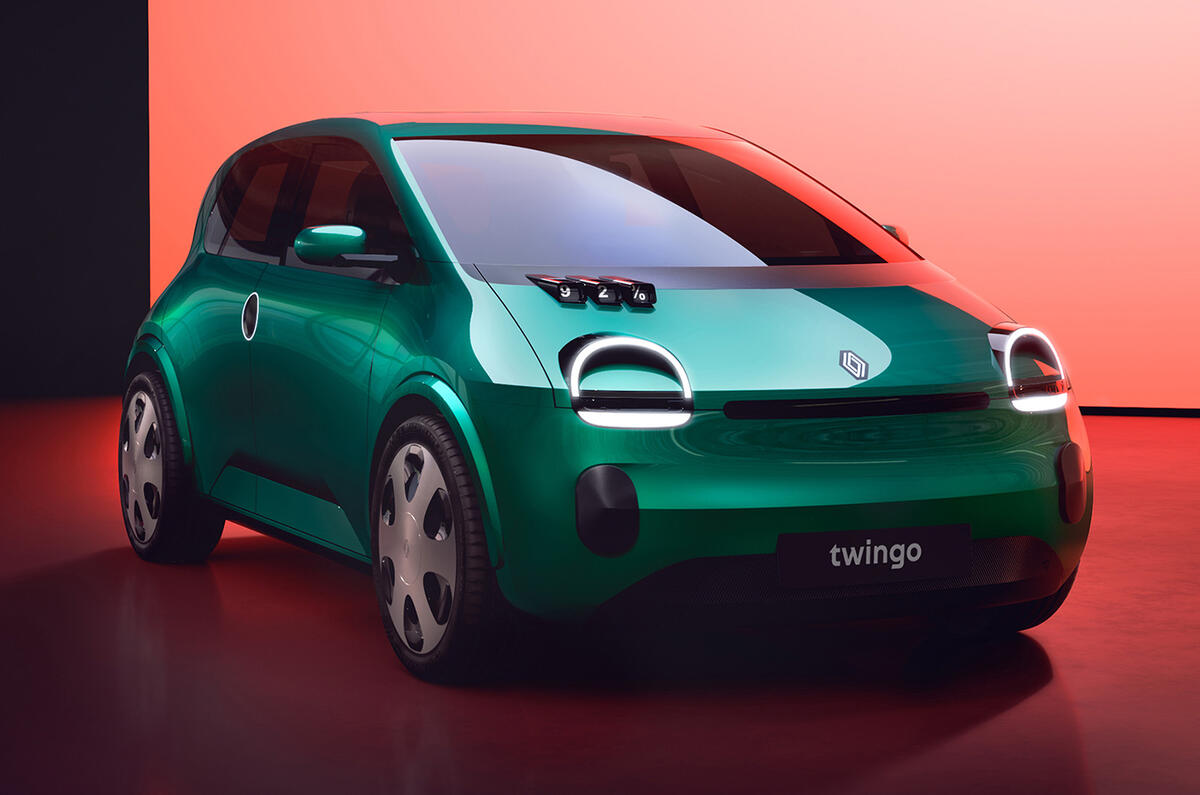
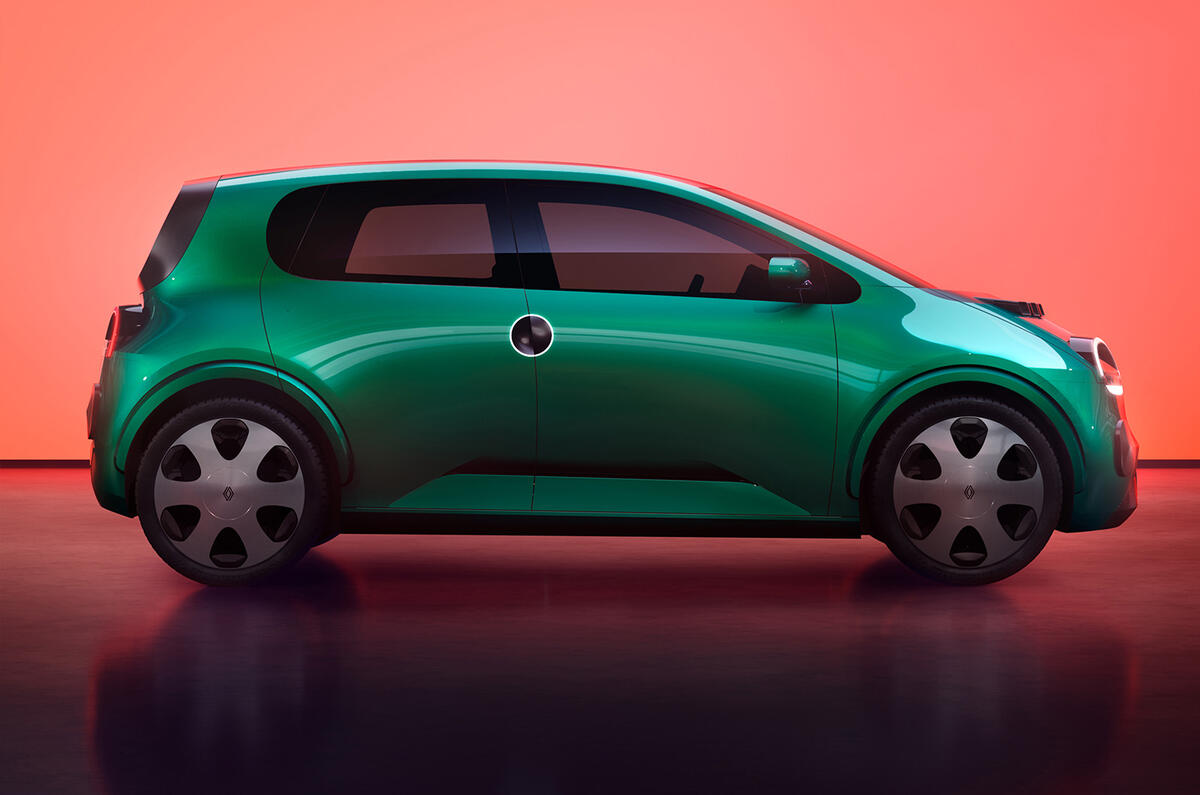
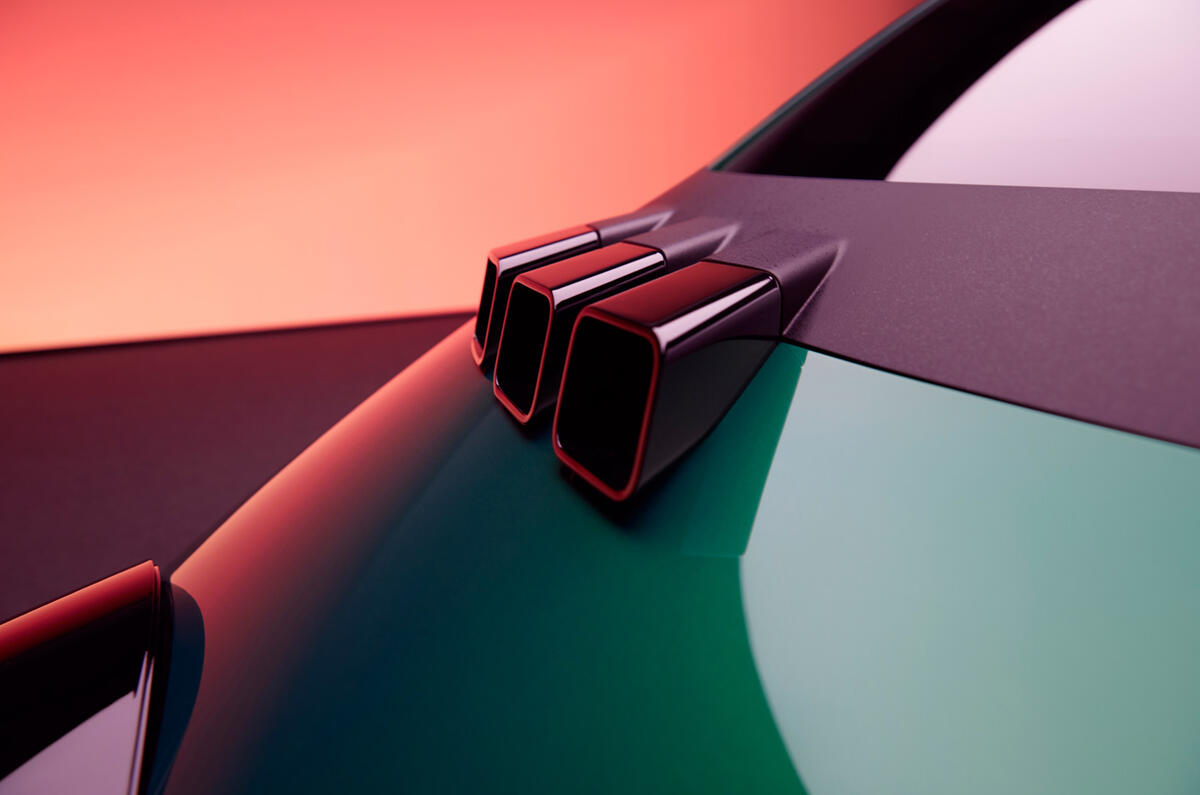
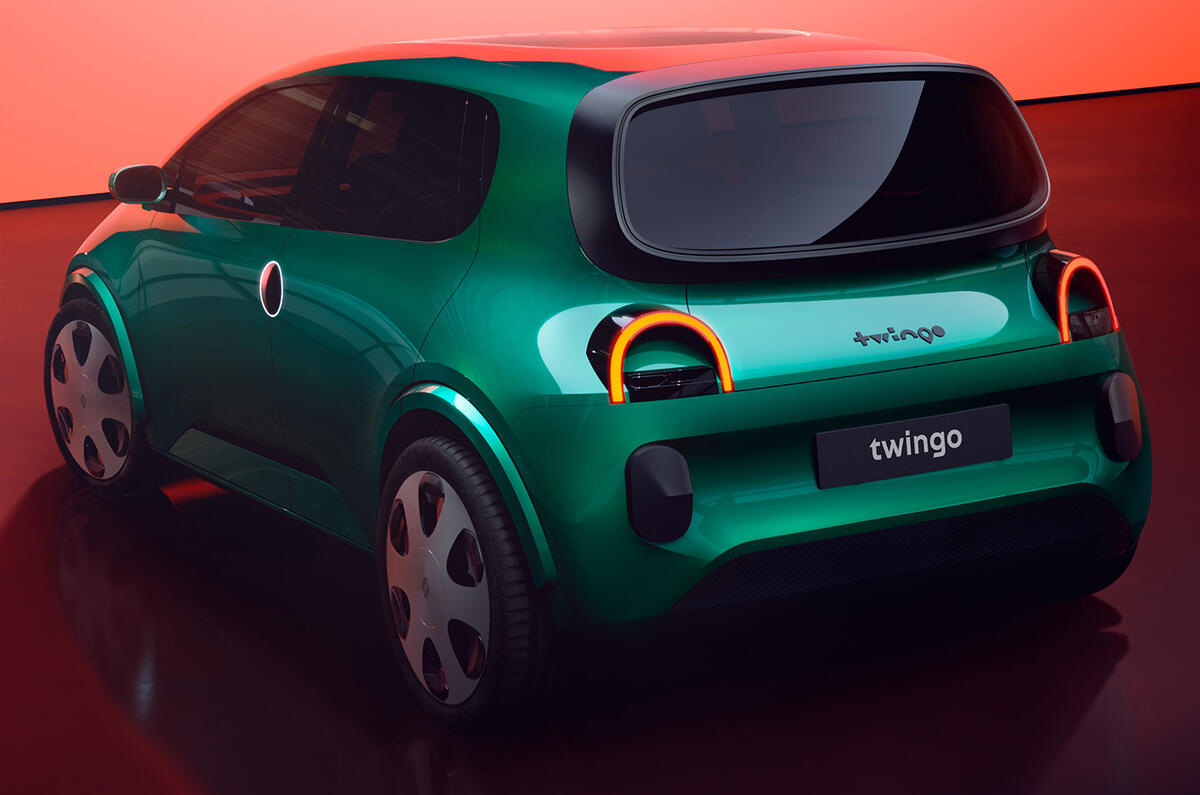
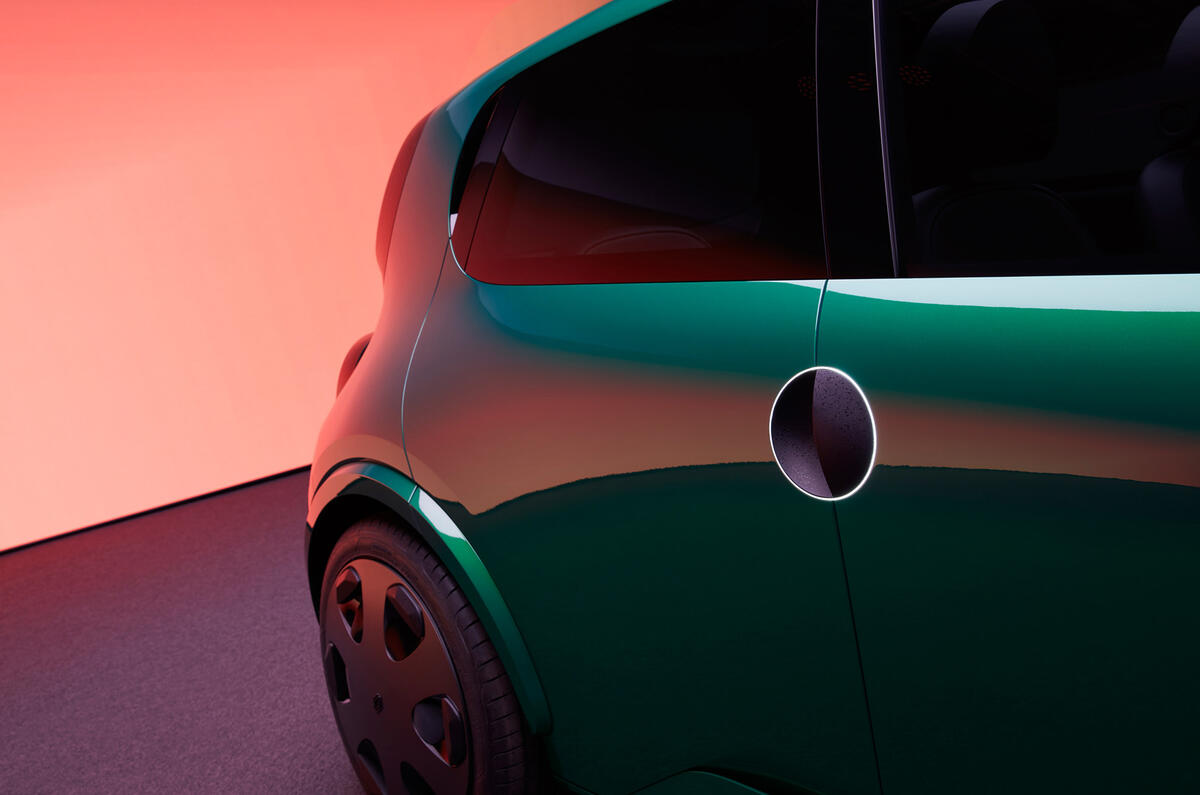
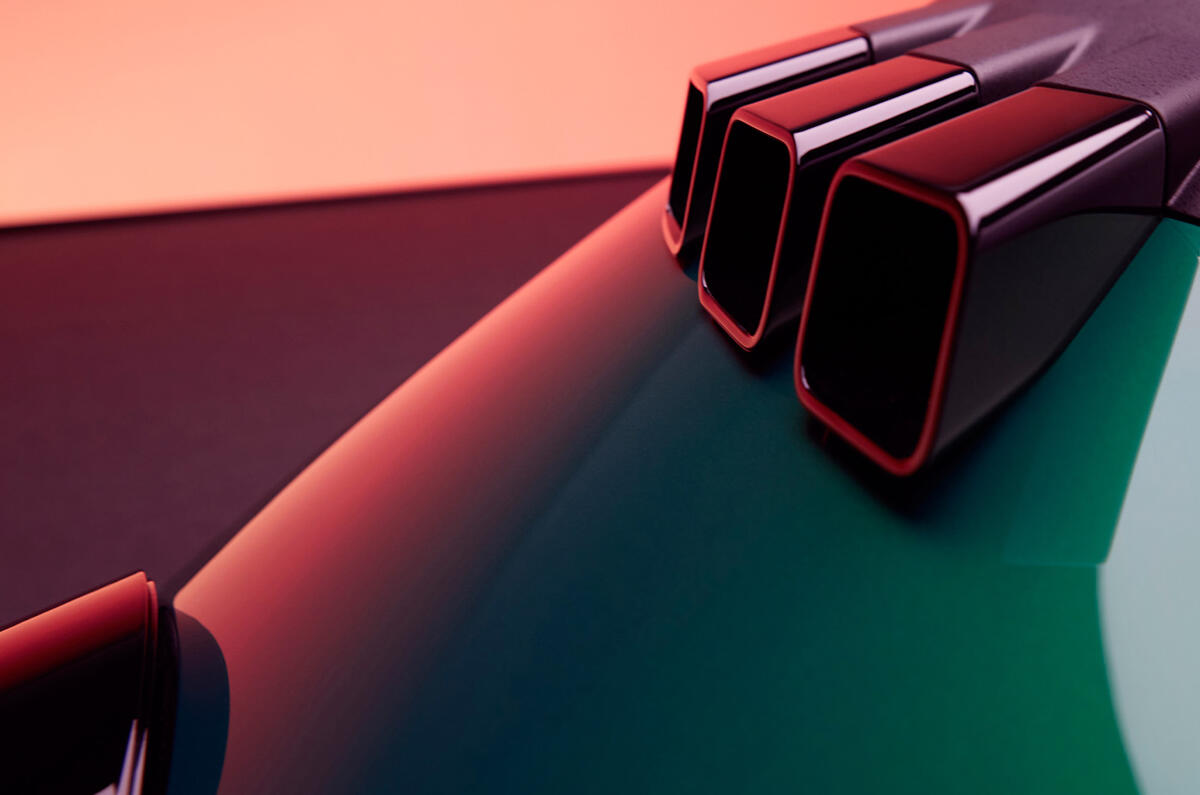
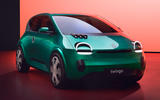
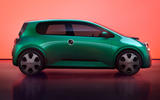

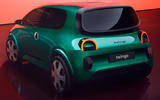













Join the debate
Add your comment
Renault seem to be on a roll. I can understand reviving the 5 name (and perhaps the Twingo) when the new model(s) will be a retro inspired design(s) but I struggle to understand why Renault persisted with the Megane and Scenic names - although I was told when I bought my Megane E-Tech that the model has a lot of brand equity in France. I guess it makes it easier to convert existing ICE customers to an EV if they feel reassured by a familiar name. Incidently I rate the Megane E-Tech quite highly. Obviously more expensive than the MG4 but quality and tech is definitely more than a notch higher. It also has more personality than the Cupra Born and with contrasting roof colour looks more like a Range Rover Evoque.
£17k? 6.2mpkWh? I'll be delighted to see it.
Oh yes, I agree, it's far too good to be true. If it happens I'll be absolutely staggered. Current cars struggle to get better than 4mpkWh, so 6.2 will be incredibly difficult to achieve. Maybe with a tiny battery making it relatively light? I guess that would keep the cost lower too? But then you have a small range.